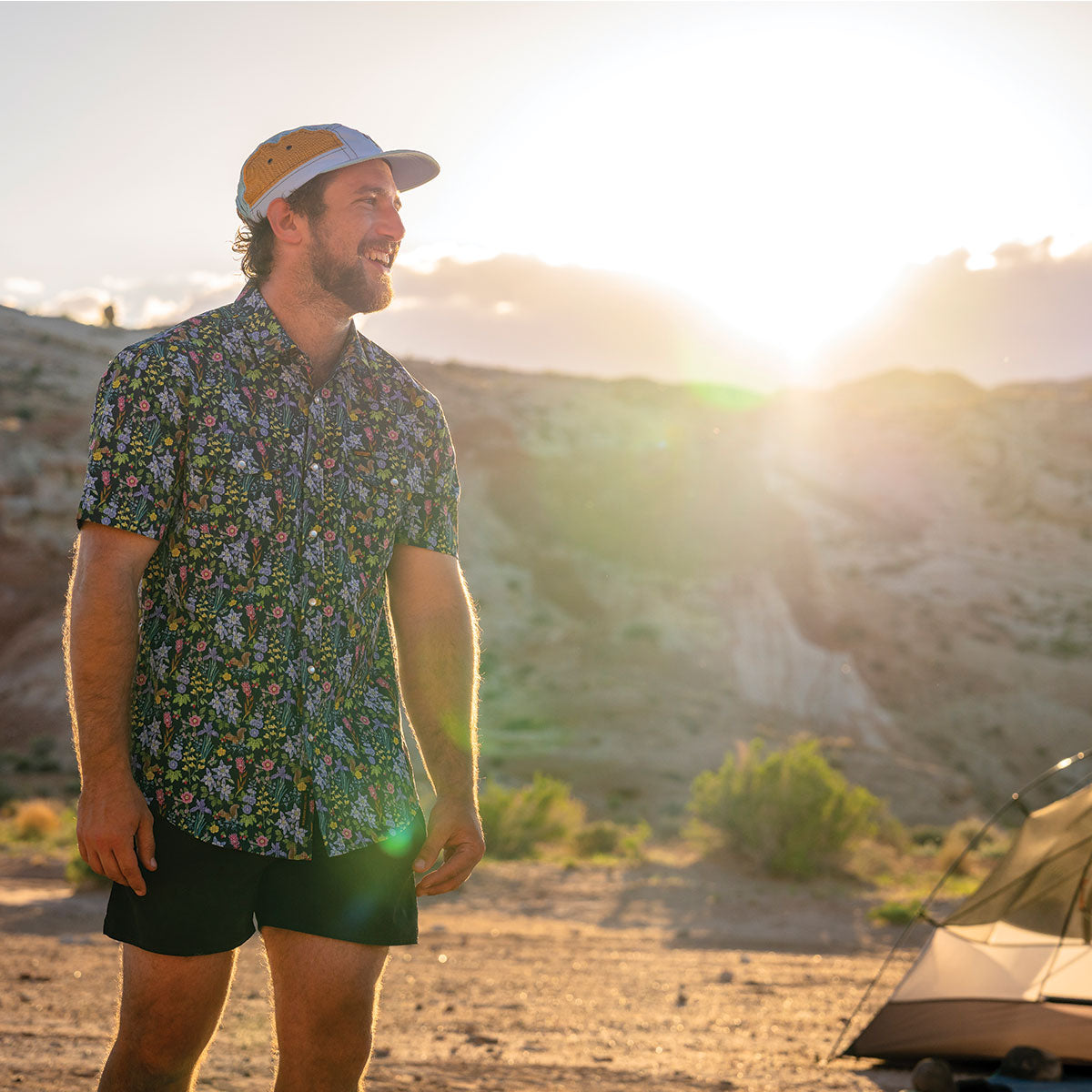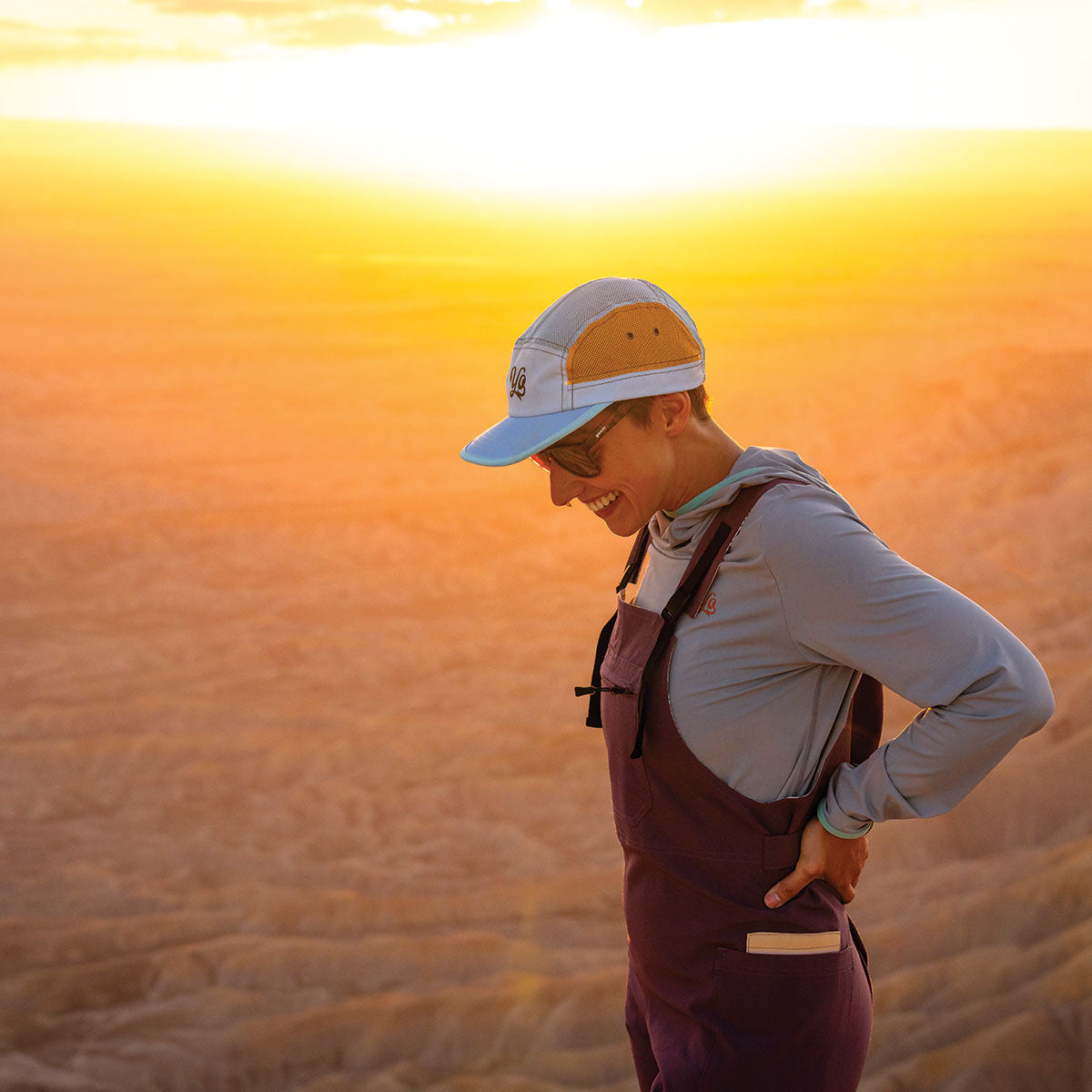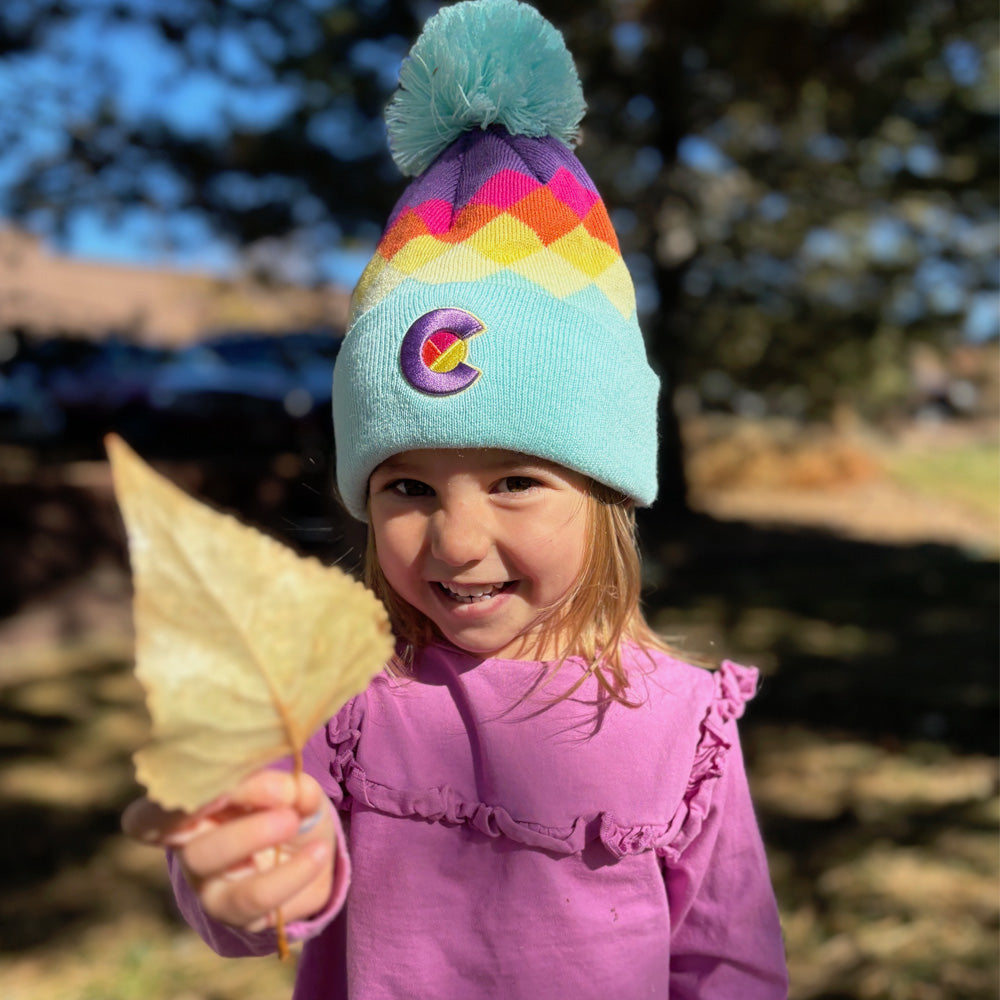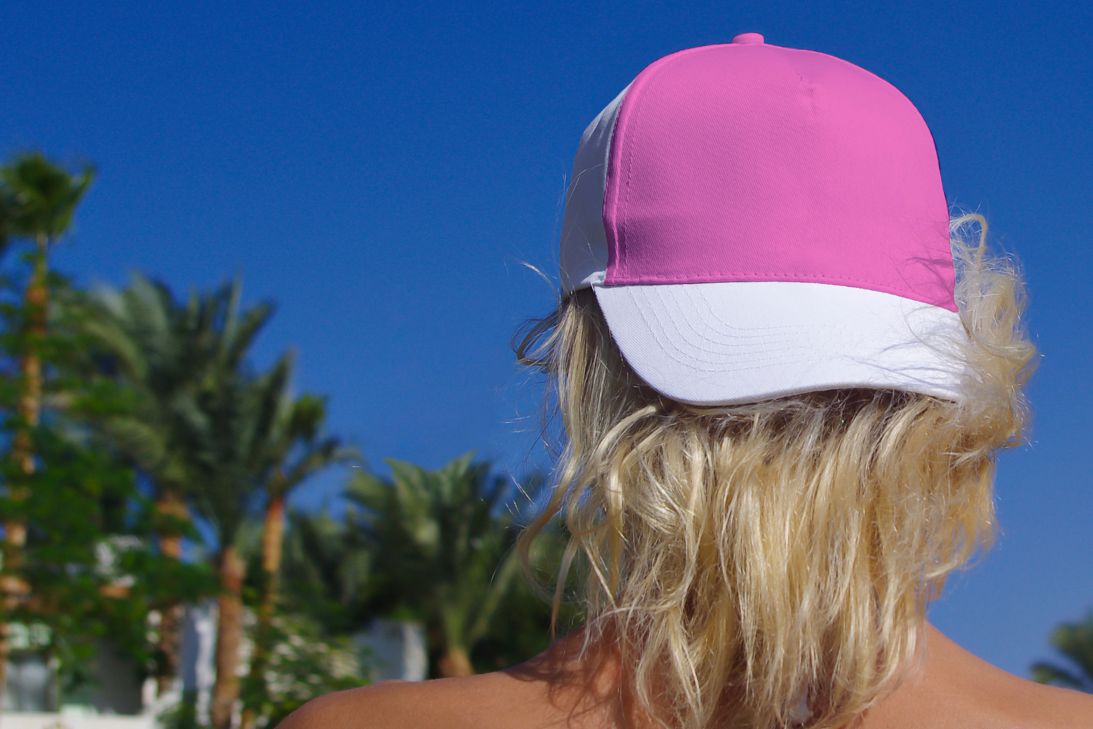The difference between a successful outdoor adventure and an unsuccessful one is the gear you bring—this is particularly true with rock climbing. While experienced climbers know the ins and outs of harnesses, belays, and quickdraws, the list of essential gear can get confusing for newcomers. But fret not! Gear up for success with our overview of what to bring for your first rock climbing trip.
The Essentials
Different types of climbing require different gear, but there are a few essentials you should pack no matter what you’re doing. The first is climbing shoes. A comfortable pair of shoes is vital for any type of indoor or outdoor climbing. Climbing shoes vary in shape, stiffness, and materials. If you are a beginner, neutral shoes that balance comfort and performance are great for helping you learn proper techniques.
A climbing helmet is another necessary piece of gear to bring for your first rock climbing trip. You’ll also need chalk to help your grip as you climb. If you’re sport climbing or trad climbing, you’ll need a chalk bag to wear around your waist so you can keep chalking up as you climb.
Gear for Bouldering
Bouldering involves short routes with no ropes to keep you aloft if you lose your grip. As a result, this activity doesn’t require as much gear as sport or trad climbing. In addition to the essentials mentioned above, you should also have a crash pad to place at the bottom of the route to cushion you if you fall.
Gear for Sport Climbing
Sport climbing is a high-intensity climbing method that focuses on physical power and technique. Sport routes have pre-placed bolts that climbers use to ascend. Essential sport climbing gear includes ropes, a harness to support you, and a belay device to control or halt your descent. Sport climbers also use quickdraws—tools that consist of two carabiners attached with a sling of various materials—to help them clip onto the pre-placed bolts along the route.
Gear for Trad Climbing
Like sport climbing, trad (or traditional) climbing involves ropes, a harness, and a belay device. The difference between the two is that there are no pre-placed bolts in trad climbing; climbers instead place their own removable hardware into the rock to help their ascent.
To do this, you need protection, or pro for short. There are options for both active and passive pro. Active pro, such as spring-loaded camming devices, involves moving parts that you can retract and expand with a trigger, allowing you to securely insert the device into a crack in the cliffside. Passive pro doesn’t have moving parts. These include wedges that you can jam into the rock or manual cams that you can screw into the rock.
Looking for the perfect destination for your first climbing trip? Colorado is full of adventurous routes for climbers of all skill levels. When you plan your visit to the Centennial State, be sure to stop by YoColorado to explore our sporty and stylish women’s Colorado apparel. Find tank tops, leggings, jackets, and so much more at YoColorado today.








Leave a comment
This site is protected by hCaptcha and the hCaptcha Privacy Policy and Terms of Service apply.